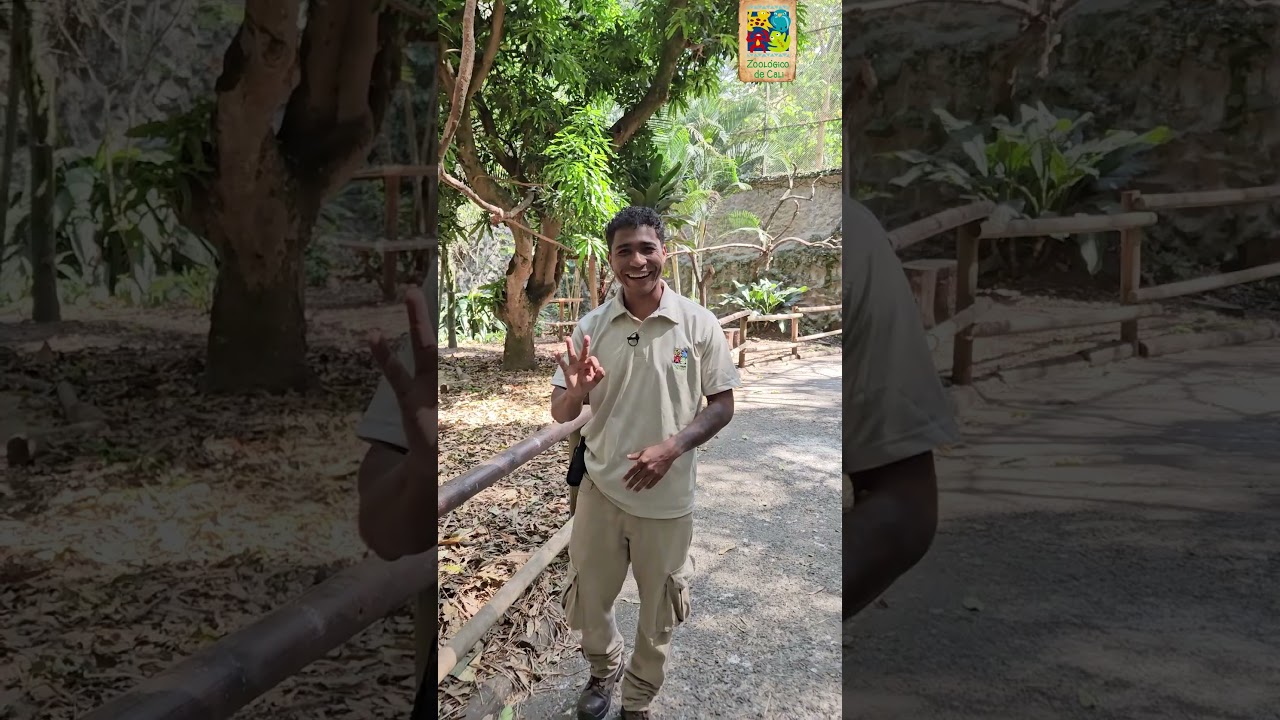– Understanding the slow-paced life: The adaptive evolutionary traits of sloths
– Dietary habits and their impact on the ecosystem
– The critical role of sloths in wildlife conservation and ecosystem balance
– Challenges in the conservation of sloths: Threats and efforts
Sloths, with their slow movements and peaceful demeanor, captivate the attention of many. These creatures, known scientifically as members of the order Pilosa, exhibit several fascinating behaviors that contribute to their survival in the wild. This article aims to explore these animals’ curious behaviors, their dietary habits, their role in ecosystem balance, and the challenges facing their conservation.
Sloths possess unique evolutionary adaptations that allow them to live seemingly in slow motion. Their metabolism is incredibly slow, a trait that aligns perfectly with their low-energy diet of leaves, twigs, and fruits. This diet is the foundation of their sedentary lifestyle. In tandem with this, sloths have a lower muscle mass than other mammals of similar size, conserving energy but limiting their movement to a slow pace. These evolutionary traits are not just whims of nature; they are survival strategies that minimize the animals’ energy expenditure and reduce predation risk by making them less noticeable to predators.
Sloths’ diet primarily consists of leaves, which are low in nutrients and high in cellulose. This diet poses a challenge due to its hard-to-digest nature, which the sloths overcome with a specialized, slow digestive process that can take up to a month for a single meal. This slow digestion aligns with their slow lifestyle but makes them highly dependent on the trees in which they reside. The relationship between sloths and their habitat is symbiotic. While sloths depend on the trees for food and shelter, they also aid in the dispersal of seeds and in fertilizing the soil with their droppings, thus contributing to the growth and health of their ecosystem.
Sloths play a critical role in their ecosystems not just through seed dispersal and soil fertilization but also as part of the food web. They are prey for jaguars, snakes, and eagles, among others. Despite their slow movements, sloths have adapted methods of defense, including camouflage, staying motionless, and their ability to swim. These behaviors ensure survival in the wild and maintain the balance within their ecosystems by supporting predator-prey relationships.
However, sloths face numerous challenges that threaten survival, primarily due to human activities. Deforestation and habitat destruction stand at the forefront of these challenges, stripping sloths of their homes and food sources. Additionally, the sloth’s slow movement makes it difficult to escape from predators or quickly adapt to environmental changes caused by human interference. Conservation efforts are underway, including creating protected areas, wildlife corridors, and rehabilitation centers for injured and orphaned sloths. Public awareness campaigns aim to educate the public about the importance of sloths and the threats they face, encouraging more supportive attitudes toward sloth conservation.
Preserving sloths and their habitats is vital for maintaining ecosystem biodiversity and health. These animals have remarkably adapted to their environments, contributing significantly to their ecosystems’ nutrient cycling and structural complexity. Conservation efforts must continue to evolve to address the increasing threats posed by climate change and human encroachment on sloth habitats. Engaging local communities, enforcing legal protections, and supporting habitat restoration projects are pivotal in ensuring the survival of these fascinating creatures for generations to come.
Sloths’ curious behaviors, from slow movements to specialized diets, are not simply quirks of nature but are key to their survival. These traits have allowed sloths to carve out a niche in their ecosystems, where they contribute to their habitats’ overall health and longevity. Understanding and protecting these animals and their environments is essential for preserving the intricate balance of our planet’s biodiversity. Conservation efforts must be prioritized to protect these remarkable animals and the ecosystems they inhabit, ensuring that sloths continue to thrive in their natural habitats.
*****
Source Description
Amigos del zoo, exploremos juntos algunos de los curiosos comportamientos de los osos perezosos…
🦥Estos animales pueden vivir hasta 25-30 años bajo el cuidado humano profesional.
🦥En el #ZooCali, contamos con osos perezosos de dos dedos.
🦥Los osos perezosos son animales nocturnos y tienden a ser más activos durante la noche. Por eso, cuando nos visiten, te recomendamos dirigir la mirada hacia las copas de los árboles para poder observarlos mejor👀.
📍Planea tu visita en https://www.zoologicodecali.com.co/
.
.
.
#ZooCali #MuchasHistoriasQueContar #PasiónPorLaVida

